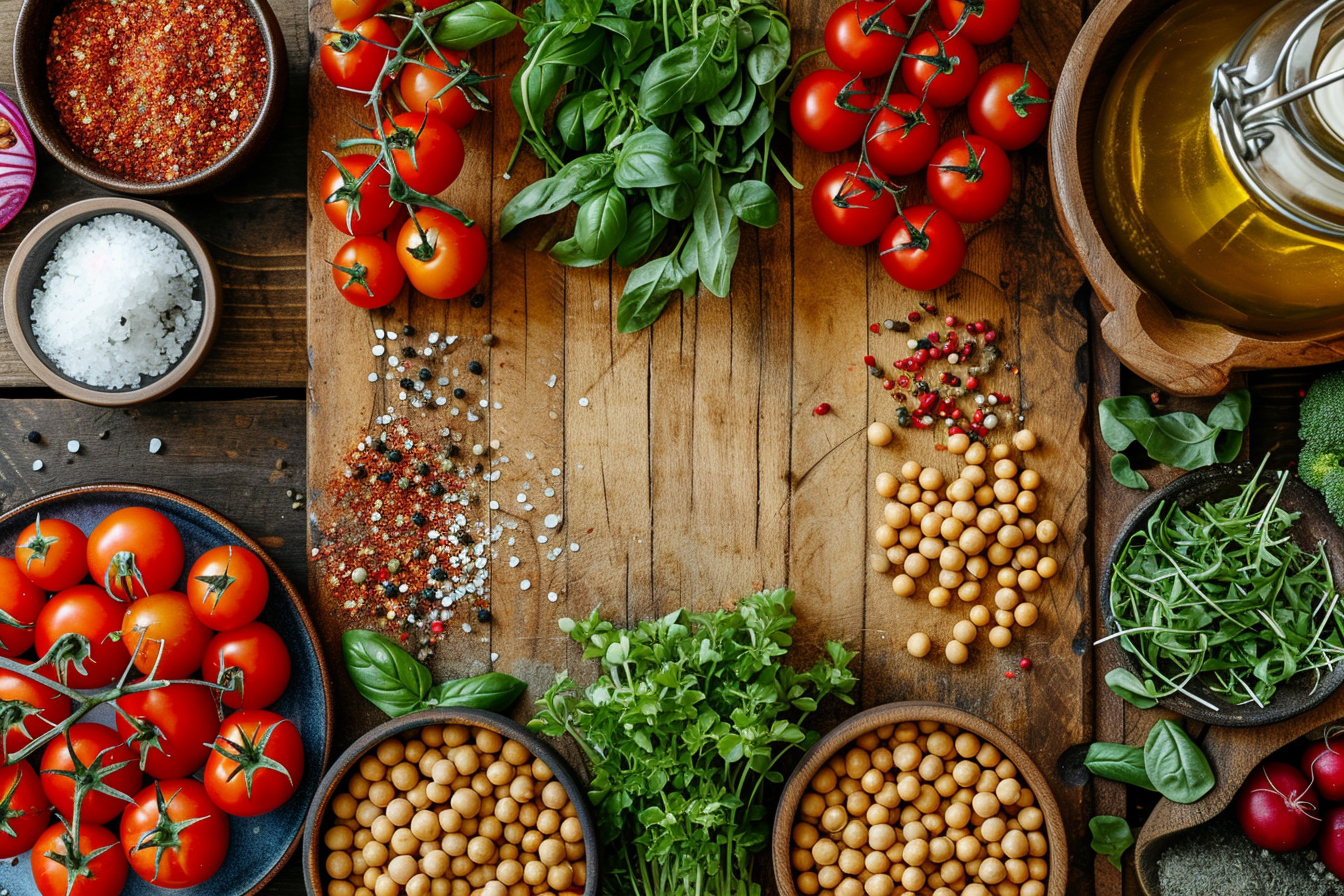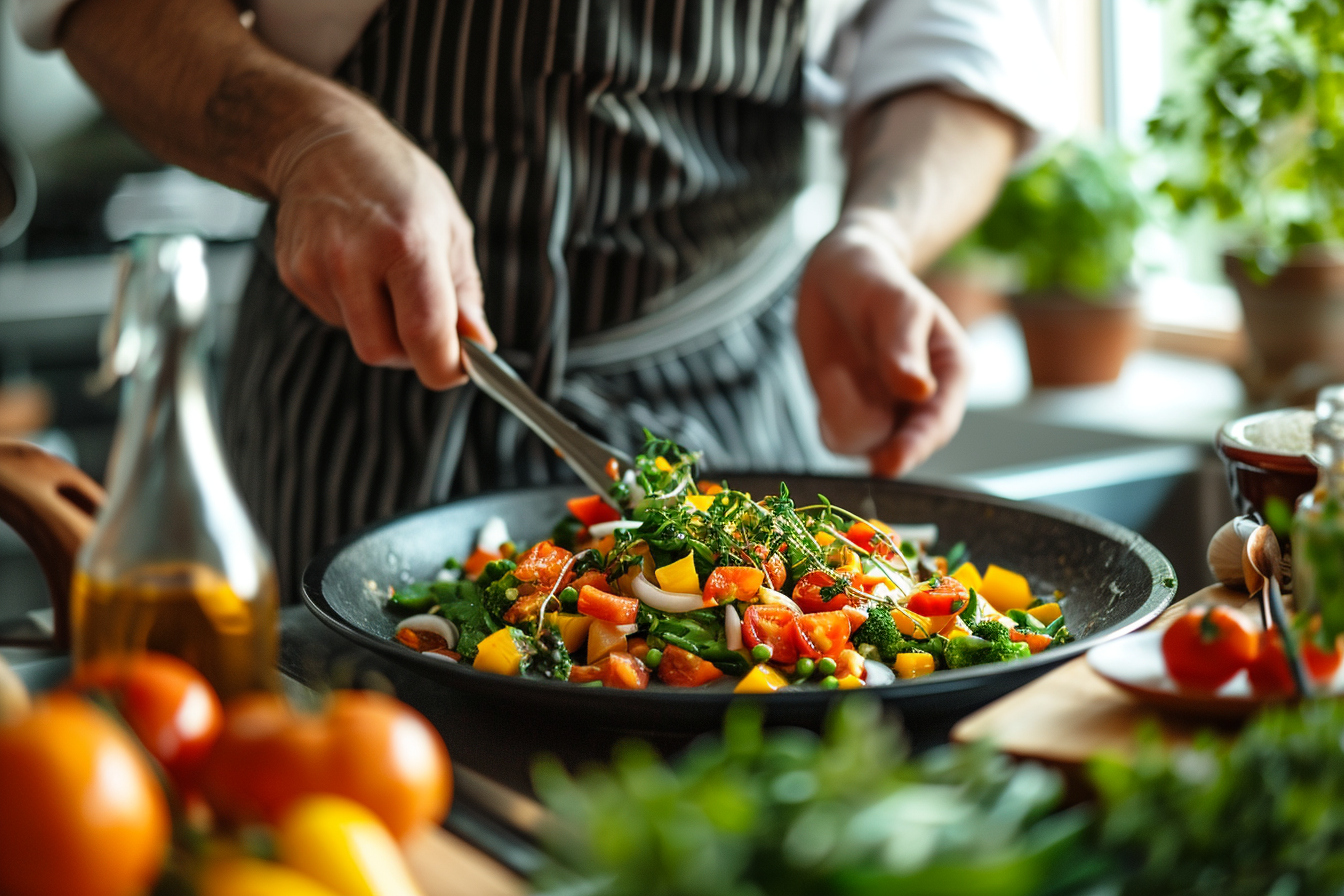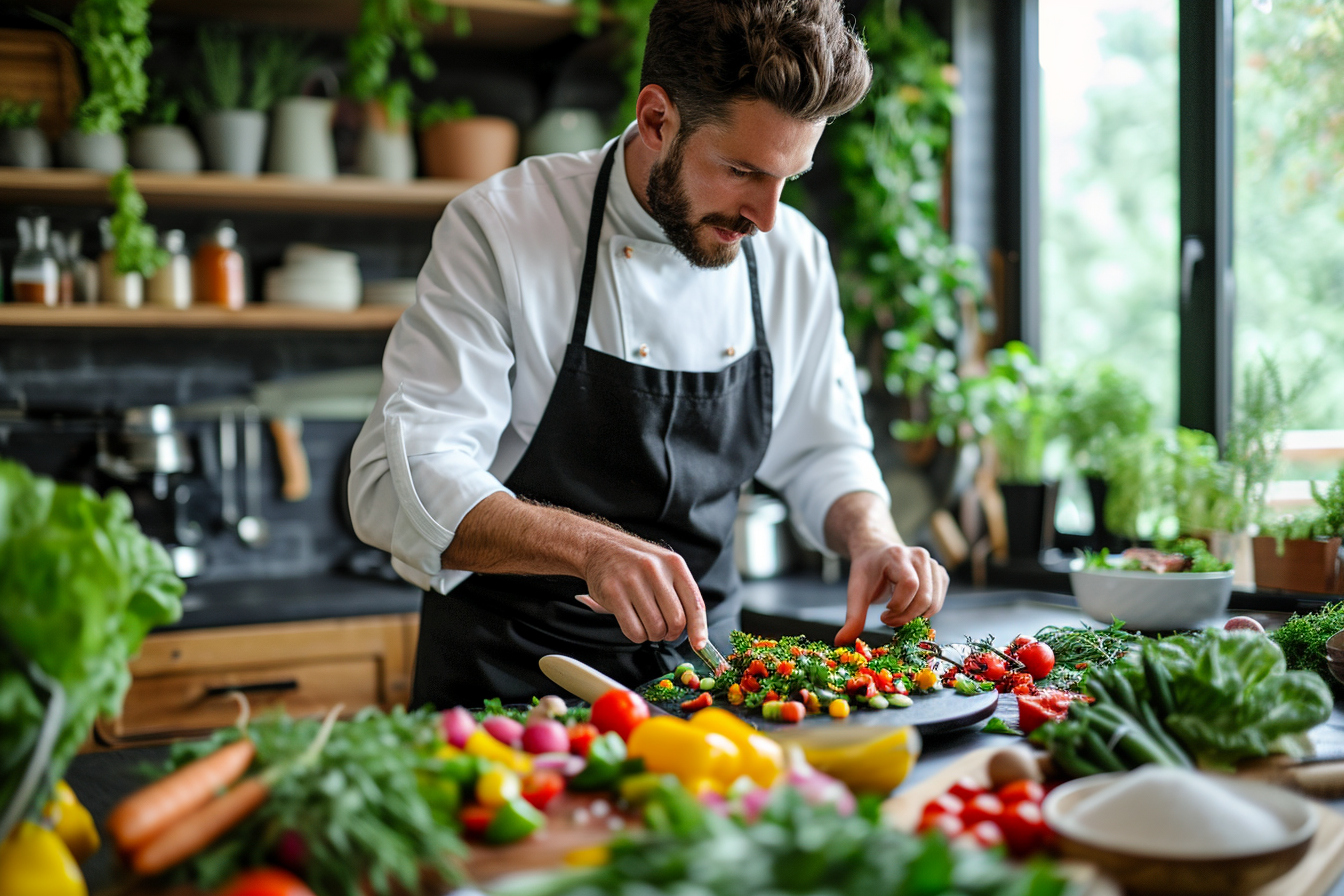The landscape of vegan cooking is as diverse as it is flavorful, a testament to the creative possibilities that plant-based ingredients offer. While many associate vegan cuisine with the use of soy as a staple protein source, a growing number of individuals are seeking soy-free alternatives due to allergies, sensitivities, or personal preferences. Soy-free vegan cooking demands innovation and an exploration of the wide array of plant-based proteins and ingredients available that can replace soy-based products without compromising on taste, texture, or nutritional value.
Understanding the essentials of soy-free vegan ingredients

Alternative protein sources
Proteins are the building blocks of a balanced vegan diet, and soy is commonly used because of its complete amino acid profile. Nonetheless, several other plant-based proteins are excellent soy alternatives:
- Legumes: Beans, lentils, and chickpeas are packed with proteins and can be prepared in countless ways.
- Grains: Quinoa and amaranth are complete proteins and can serve as a base for meals.
- Nuts and Seeds: Almonds, cashews, sunflower seeds, and chia seeds are not only protein-rich but also provide healthy fats and texture to dishes.
- Peas: Split peas and pea protein isolate offer high protein content akin to soy but are often more digestible.
Crafting dairy alternatives
Dairy alternatives in vegan cooking often rely on soy. However, there are numerous soy-free options:
- Nut Milks & Creams: Almond, cashew, and oat milk can replace soy milk, while cashew cream is an excellent alternative for heavy cream.
- Seed Milks: Hemp and flaxseed milk are nutritious dairy milk substitutes.
- Coconut: Coconut milk and coconut yogurt can be used in both sweet and savory dishes, providing a rich and creamy texture.
Bypassing soy sauces and flavor enhancers
Soy sauces are ubiquitous in vegan cuisine for their umami taste. Yet, we can find or prepare alternatives:
- Coconut Aminos: A soy-free sauce with a similar umami flavor profile.
- Miso Paste: Chickpea miso replaces the soybean version to deliver comparable depth.
- Nutritional Yeast: It imparts a cheesy and savory flavor making it ideal for soy-free cheese alternatives.
Cultivating culinary techniques for soy-free cuisine
Mastering the use of proteins
Utilizing alternative proteins involves mastering different cooking techniques to bring out the best in texture and flavor:
- Legumes: Achieve diverse textures through boiling, mashing, or frying. Chickpea falafels are a perfect example of a protein-rich, soy-free delight.
- Grains: Cooking quinoa with vegetable broth brings out its nutty flavor while amaranth can be popped like popcorn for a crunchy snack or topping.
- Nuts & Seeds: Soaking and blending nuts can help in creating creamy sauces and cheeses. Seeds can be toasted to enhance their nuttiness in salads and stir-fries.
Developing dairy-free dexterity
Non-dairy milk and cream alternatives require skill to adequately substitute for their dairy counterparts:
- Using Nut Milks: When heating nut milks, do so gently to prevent separation and to retain a creamy consistency.
- Creating Cheese Substitutes: Nutritional yeast, along with nuts like cashews blended with seasonings, can result in a delectably smooth cheese sauce.
Flavors and seasonings
Building flavors without soy sauce demands an understanding of taste balance and seasoning:
- Using Coconut Aminos and Tamari: These can be used much like soy sauce but may require some adjustments in quantity and additional seasonings to achieve the desired flavor profile.
- Herbs and Spices: Learn to utilize a broad spectrum of herbs and spices to achieve desired flavors in lieu of soy products.
Innovating traditional dishes without soy

A significant aspect of soy-free vegan cooking is reimagining traditional dishes, keeping them authentic yet innovative:
Rethinking asian cuisine
Asian cuisine frequently incorporates soy-based ingredients. Recreating beloved dishes without soy opens up a world of flavors:
- Stir-Fry: Employ coconut aminos and an assortment of fresh vegetables and pea protein for a savory stir-fry dish devoid of soy sauce.
- Sushi: Instead of tofu, use tempeh made from beans other than soy, or vegetables like avocado and roasted sweet potatoes for sushi fillings.
Western classics redefined
Classic Western dishes that typically feature soy products like veggie burgers or dairy replacements can undergo a soy-free transformation:
- Burgers: Utilize a blend of mushrooms, beans, and whole grains to create a flavorful, meaty patty.
- Baking: In baked goods, replace silken tofu with mashed bananas or pumpkin puree to achieve moistness and binding.
Regional specialties adapted
Explore the cuisines of the world and adapt signature regional dishes to be soy-free:
- Mediterranean: Chickpea-based dishes such as hummus and falafel are inherently soy-free and protein-rich.
- Indian: Chickpea flour or lentils can act as a base for dishes like pakoras or dals, substituting the need for tofu or soy-based creams.
Equipping your kitchen for soy-free vegan mastery
Utensils and appliances
The right equipment can facilitate soy-free cooking. Essentials include:
- High-Speed Blender: Vital for smooth nut creams and sauces.
- Food Processor: Makes quick work of bean-based doughs and mixtures.
- Quality Knives: A must-have for precise chopping of a diverse range of ingredients.
Pantry essentials
Staples for a soy-free vegan pantry should include:
- Varied Legumes: Keep an assortment, from lentils to chickpeas, to ensure diverse protein sources.
- Whole Grains: Stock up on quinoa, amaranth, and other hearty grains.
- Nuts and Seeds: Have a range of nuts and seeds on hand for creating "cheeses," creams, and for snacking.
- Seasonings: A well-stocked spice rack is key, as well as soy-free condiments like coconut aminos.
Embracing the soy-free vegan lifestyle
Transitioning to a soy-free vegan lifestyle isn’t merely about making dietary changes; it involves a commitment to exploring the full potential of plant-based cuisine. Bringing creativity and passion to the kitchen can lead to the discovery of new favorite dishes and a greater appreciation for the versatility of vegan ingredients.
Ethical and health considerations
Many soy-free vegans are guided not just by dietary needs, but also by ethical and health motivations:
- Environmental: Some choose soy-free options due to concerns over soy farming’s environmental impact.
- Health: For others, avoiding soy is a matter of addressing food sensitivities or seeking a more diverse nutrient intake.
Education and community
Delving into soy-free vegan cooking invites the opportunity to learn and grow:
- Workshops and Cooking Classes: Attend to learn new techniques and connect with like-minded individuals.
- Online Communities: Engage with others on social media or forums to share recipes and experiences.
Navigating challenges and celebrating success
Despite the challenges that soy-free vegan cooking presents, there is much to celebrate in this culinary journey:
- Achieving a balance of flavors and textures may take time and experimentation. Adjustments and tweaks are part of the process and can lead to better results.
- Celebrating the small victories, like perfecting a soy-free cheese sauce or finding the ideal balance of spices in a dish, fosters a sense of accomplishment.
In summary, mastering soy-free vegan cooking is an ever-evolving pursuit that calls for a mix of creativity, knowledge, and enthusiasm for plant-based cuisine. By exploring innovative techniques and embracing a variety of ingredients, one can craft a delightful array of dishes that satisfy both the palate and dietary preferences. As the journey continues, the possibilities in soy-free vegan cooking are as boundless as the culinary imagination allows.











